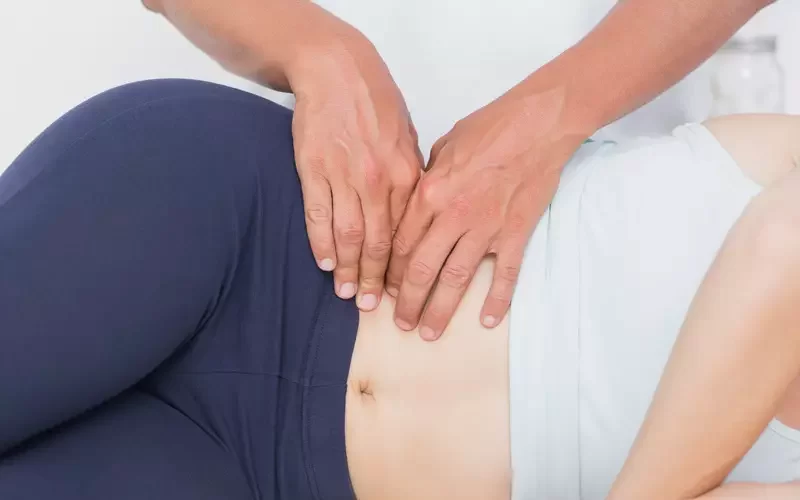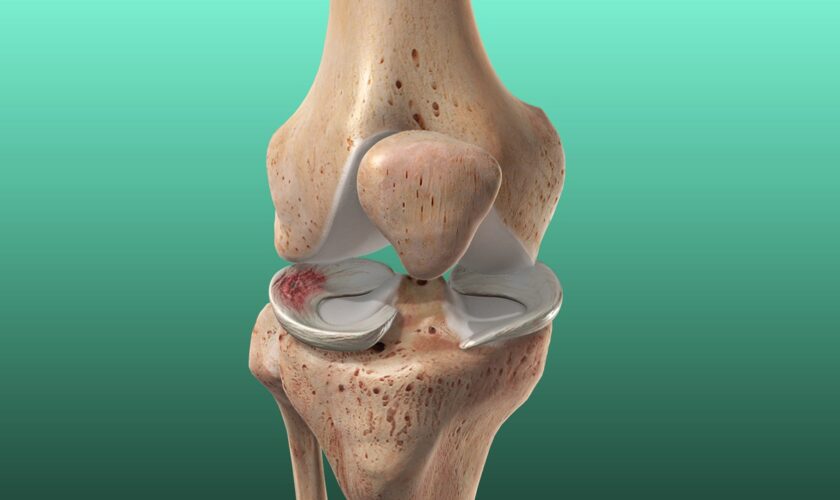It is very common to opt for physiotherapy sessions when you have sudden pain in your back, knees, or shoulders. But how many of you would actually think about going to the therapist after witnessing issues with your pelvic floor muscles? There are many individuals who have been diagnosed with floor muscle problems and have been referred to the physios but had absolutely no clue about how they could help them. But the right therapists can help you overcome a number of pelvic floor dysfunctional problems.
Bladder weakness
It is a common symptom arising out of the pelvic floor muscle’s inability to perform in the best manner. One will witness a series of episodes where their urine leaks after they laugh, cough, or sit. Also, one can feel the need to urinate multiple times for they feel they have leaky bladders. This situation is known as urinary incontinence and is a completely involuntary reaction of the body. Pelvic floor physiotherapy is a first-line treatment option for this. There is 85% chance that the situation will improve.
Vaginal prolapse
This is the situation where the pelvic organs of the individual like the bladder, bowel, and womb descend and bulge into the areas of the vagina. The symptoms that are commonly felt are heaviness in the pelvic regions or the vagina or difficulties in having clear bowel movements. Most cases of mild prolapse can be treated with the physiotherapy techniques. With this, the strength and coordination of other important muscles will improve, and the pressure on the floor muscles will be lowered.
Painful intercourse
It is common for many women to witness pain during or after the intercourse in their vagina or in the pelvic regions. There may be many reasons contributing to the pain, but floor muscle dysfunction is the main issue. The internal and external physiotherapy techniques will help you alleviate this pain and resolve the issue completely.
Pelvic girdle pain
Pelvic girdle pain is a common occurrence during pregnancy. This problem may also exist even after you had your baby a few months back. Every one out of five women is known to suffer from this issue during their pregnancy phase, and pelvic floor physiotherapy is going to be the right solution for this. The therapists will assess your pain and devise appropriate exercises to give you relief.
If you are facing any of the above problems, contact the Integral Performance Physiotherapy clinic right away.

